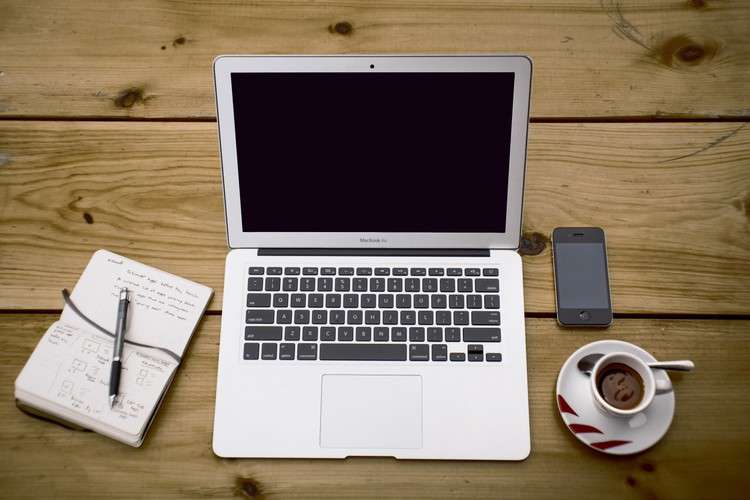When it comes to photography, having a smartphone with a great camera can make all the difference. With so many options available in the market, it can be overwhelming to choose the best smartphone for photography. In this article, we will explore several smartphones that are known for their exceptional camera capabilities along with their pros and cons to help you make an informed decision.
First on our list is the iPhone 12 Pro Max. Apple has always been praised for its impressive camera technology, and the iPhone 12 Pro Max is no exception. With its 12 MP triple-camera system, including a Wide, Ultra-Wide, and Telephoto lens, it delivers excellent image quality. The Night mode and Deep Fusion technology enhance low-light performance, while the LiDAR scanner improves AR capabilities. However, the iPhone 12 Pro Max might be quite expensive and lacks a dedicated manual mode for advanced photographers.

Next, we have the Samsung Galaxy S21 Ultra. Equipped with a 108 MP camera, this smartphone offers stunning image detail and sharpness. It also boasts a 100x Space Zoom feature, allowing you to capture distant subjects with impressive clarity. The 40 MP front camera ensures great selfies, while the 8K video recording capability adds to its versatility. On the downside, the Galaxy S21 Ultra is a bit bulky and may not fit comfortably in smaller hands.
For those looking for a more budget-friendly option, the Google Pixel 5 is worth considering. Despite having a lower megapixel count compared to its competitors, the Pixel 5 excels in software processing and computational photography. Its Night Sight mode is renowned for capturing astonishingly well-lit low-light photos. Additionally, the Pixel 5 offers a fantastic portrait mode and a dedicated astrophotography mode. However, the Pixel 5's video recording capabilities lag behind other smartphones in its price range.
Moving on, the Huawei P40 Pro Plus deserves a mention. This smartphone boasts a remarkable camera setup, including a 50 MP primary sensor and a 40 MP ultra-wide lens. The P40 Pro Plus also features a 10x optical zoom, which is excellent for capturing distant subjects. The AI image processing technology ensures vibrant and true-to-life colors. Nevertheless, the P40 Pro Plus lacks Google services due to trade restrictions, which might be a dealbreaker for some users.
Lastly, the Xiaomi Mi 11 Ultra offers impressive camera specifications at a more affordable price point. Its 50 MP primary camera delivers excellent image quality, even in challenging lighting conditions, thanks to its large sensor size. The Mi 11 Ultra also features a versatile ultra-wide-angle lens and a periscope telephoto lens with 120x digital zoom capabilities. However, the software processing on the Mi 11 Ultra can sometimes oversaturate colors and produce images that lack natural tones.
In summary, there is no definitive answer to which smartphone is the best for photography as it ultimately depends on personal preferences and budget. However, the iPhone 12 Pro Max, Samsung Galaxy S21 Ultra, Google Pixel 5, Huawei P40 Pro Plus, and Xiaomi Mi 11 Ultra are all excellent options to consider. Each smartphone offers its own unique features and advantages, such as advanced camera systems, impressive zoom capabilities, or exceptional software processing. It is crucial to evaluate your photography needs and prioritize the features that matter most to you before making a final decision.
